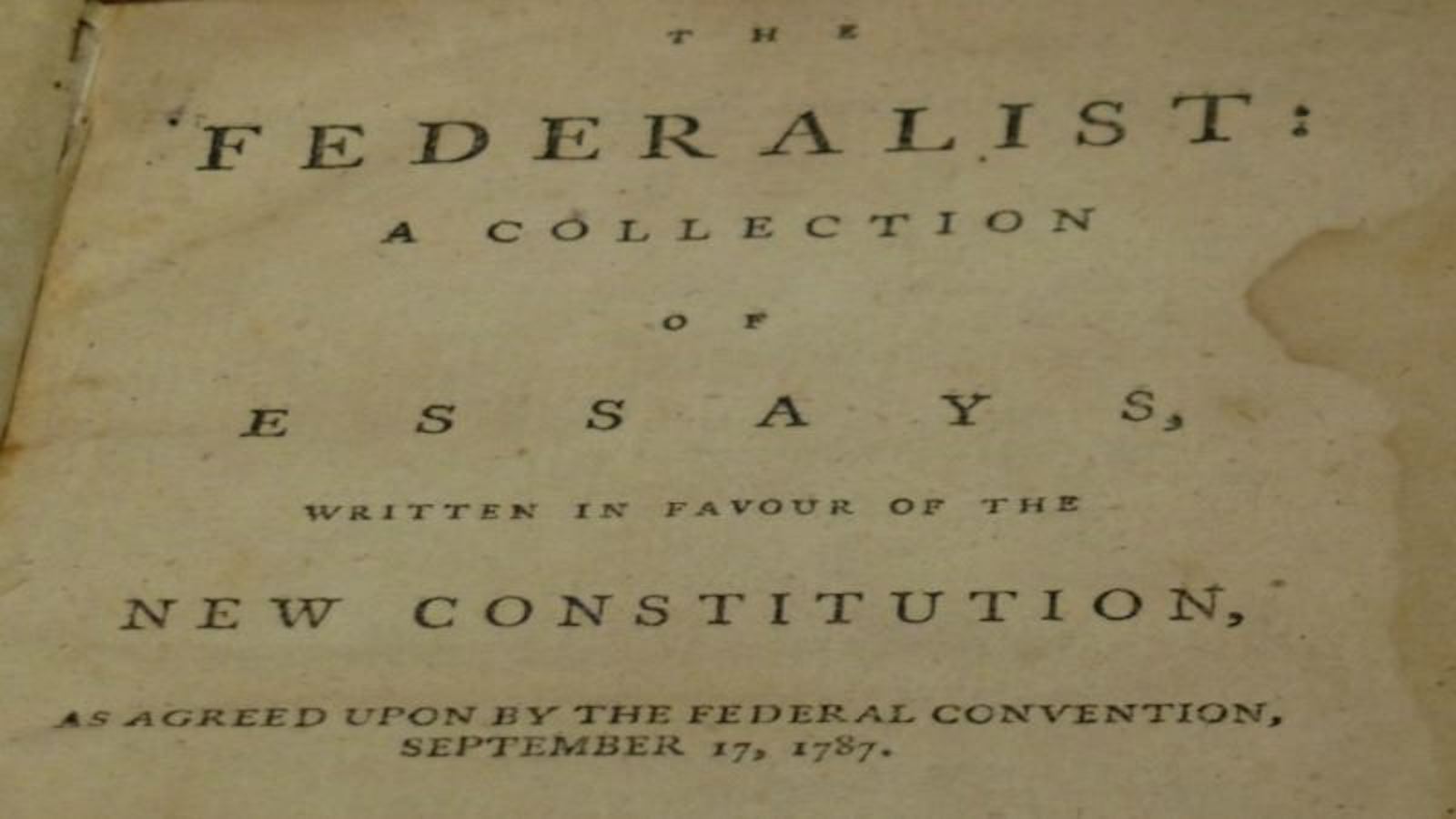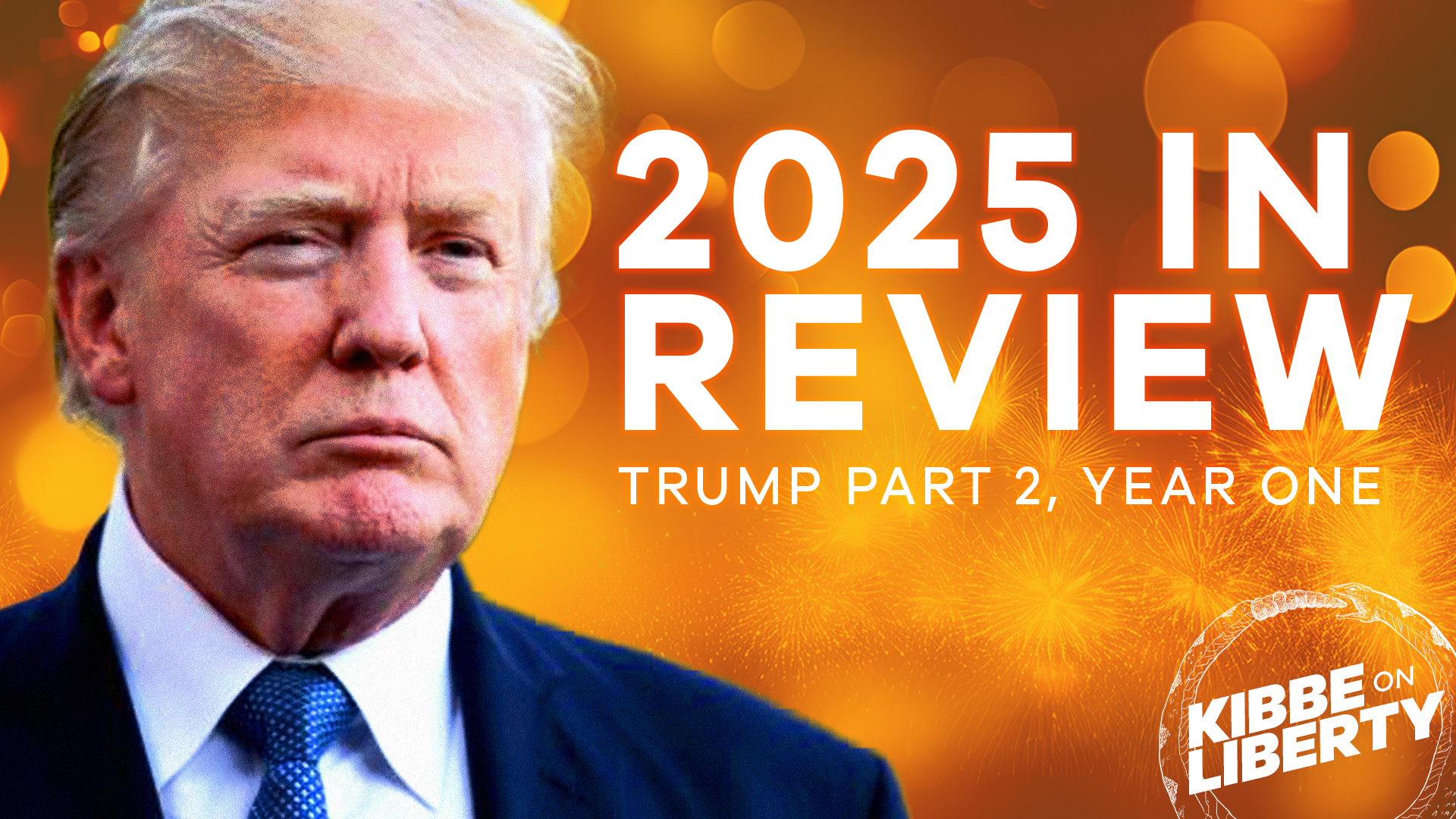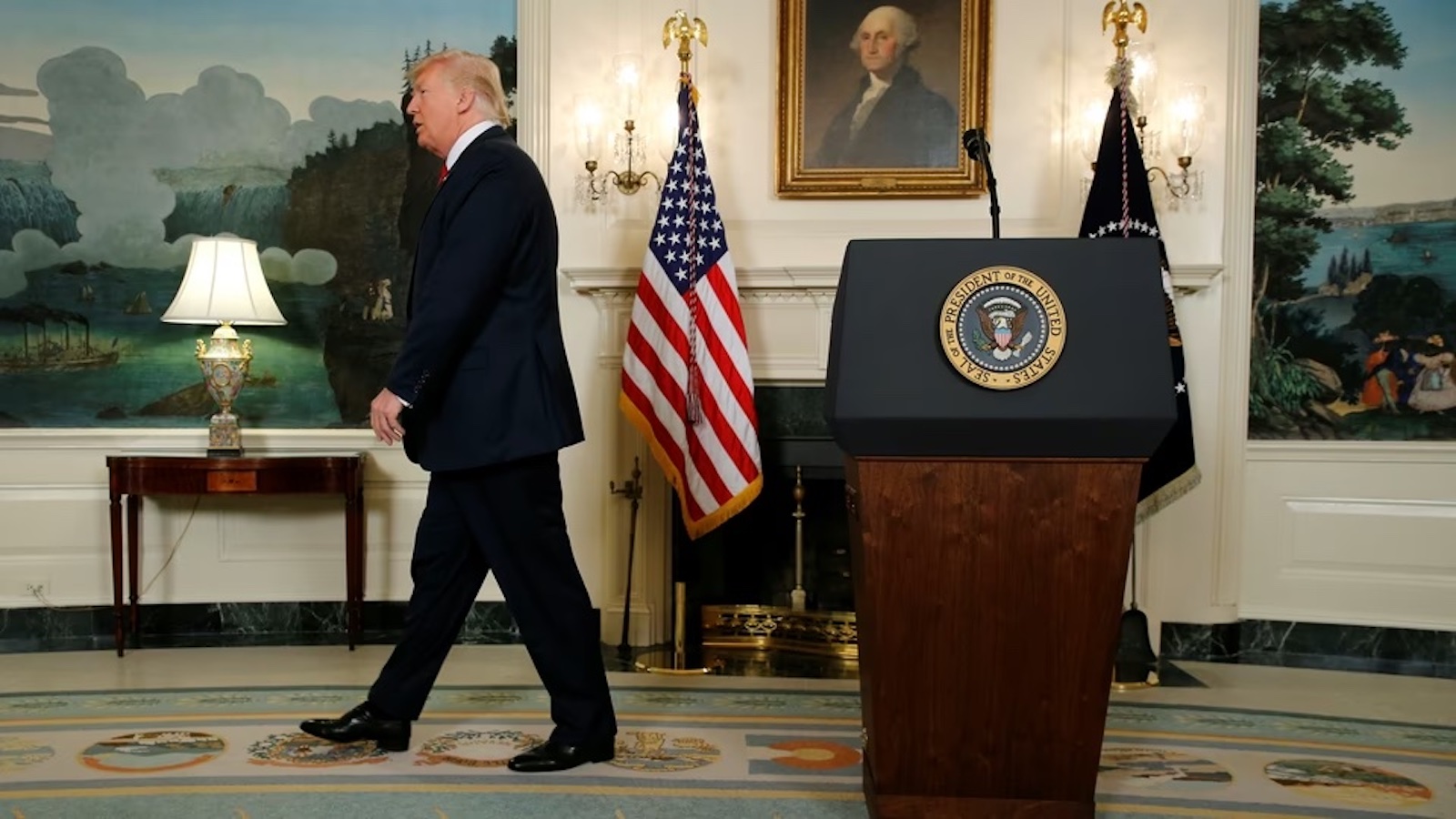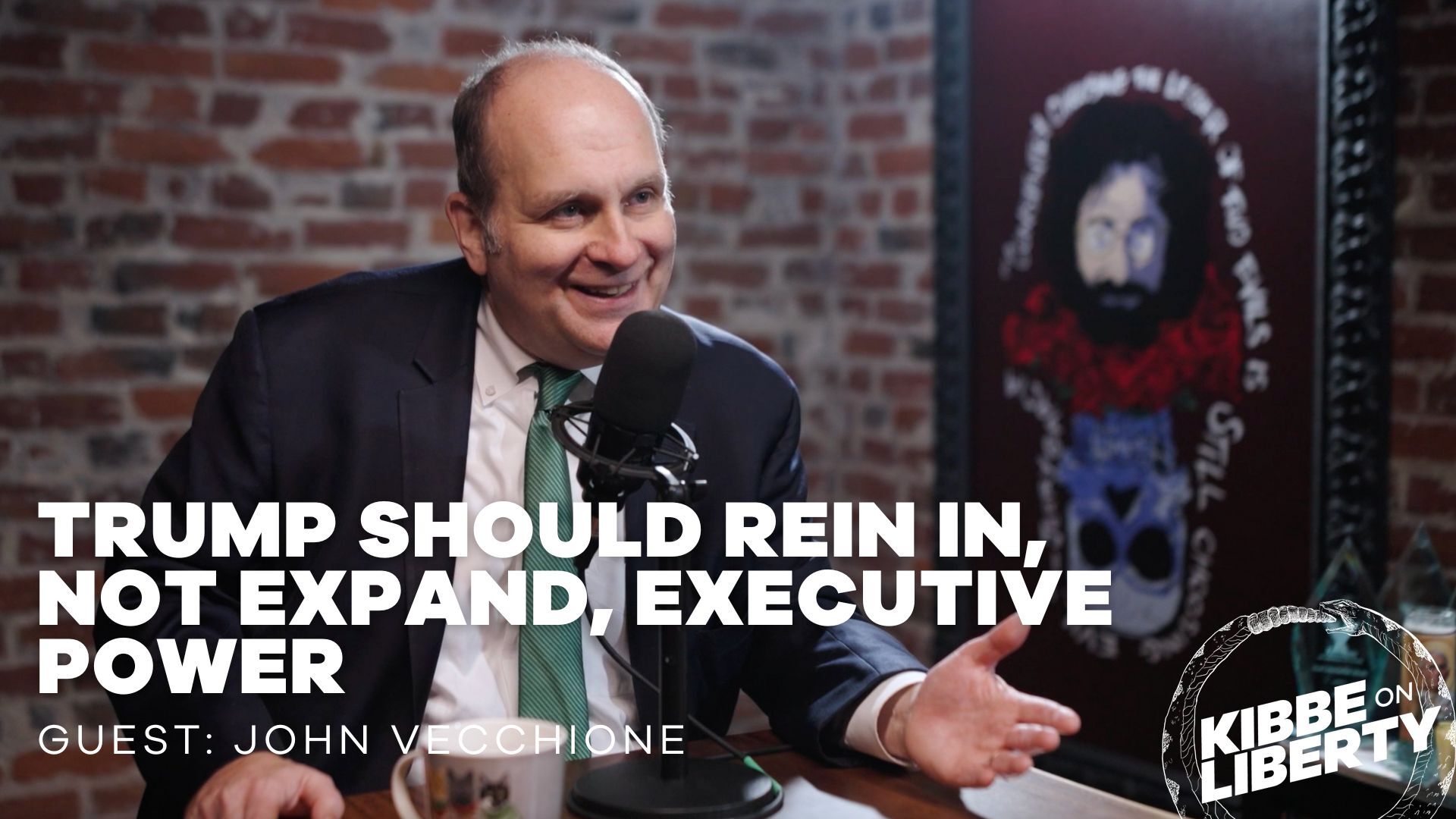
Key Federalist Paper Explains the Constitution’s Design to Limit Governments
Life, liberty, and property are secure only if governments are limited by having ambition counter ambition. To make this happen, the Constitution’s design must be replicated in the design of at least one major party.
Governments must be self-limiting. Government people must limit other government people.
Government powers must be separated. Government people must limit the people in the other government jurisdictions. Within each jurisdiction, the people in each branch must limit the people in the other branches.
Missing from the Constitution, The Federalist, and practice are simple tests to ensure that legislation automatically separates powers. Each new bill and current statute should have no misleading parts, should only use powers enumerated for the national government, should have no delegation of legislative power, and should have no grabs of executive or judicial power. Any new bill or current statute that passes all these tests would consist only of rules and sanctions. In a final simple test—a judgment call obliging people to use their common sense—the new bill or current statute should not be noncritical, complex, or long, so it should not help make the total corpus of law incomprehensibly complex or long.
These obviously Constitution-derived tests would be failed by nearly every current statute, including every statute that enables regulation. When these tests are all passed by all of our statutes, and statutes are used for any regulation, we’ll be far freer and far better off.
The separated government jurisdictions and branches must have offsetting powers. Government people must use these offsetting powers to push back on other government people to keep them inside the limits of their constitutionally-specified boundaries.
Each government person must have incentives to limit other government people.
James Madison claimed in 1788 in Federalist 51 that under the proposed constitution, self-interested people in governments would compete for voters by limiting other government people. This would be like Adam Smith had observed happens elsewhere, in 1776 in An Inquiry into the Nature and Causes of the Wealth of Nations: self-interested people in voluntary arrangements compete for customers and for religious worshippers.
The strongest government power is the power to enact laws, which consist of rules plus sanctions.
Missing from legislative practice have been legislators who accept full stewardship responsibility for the existing corpus of statutes. To fulfill his oath to support the Constitution, each current legislator is obligated to triage all existing statutes, independently interpreting each statute’s constitutionality, and immediately use his constitutional powers to repeal or not respect each existing statute that he himself interprets to be unconstitutional.
The next-strongest government power is the executive power to execute laws.
Missing from executive practice have been executives who accept full responsibility for the constitutionality of their actions. To fulfill his oath to protect the Constitution, each executive is obligated to independently interpret the constitutionality of each existing statute and not execute or respect any statute that he himself interprets to be unconstitutional.
Governments are processes. For these processes, the key controls are the parties’ candidate-selection practices.
Missing from party practices has been the application to any party of party rules fully analogous to the Constitution. No parties have had separated party powers, limited enumerated party powers, nondelegation of party legislative powers, and offsetting party powers.
These structural protections will be necessary to secure the rights of a party’s sovereign grassroots members. These grassroots members will then select candidates who will use their powers to limit others in government. These candidates will see these protections being used to limit a party, and will carry this knowledge forward to limit governments.
Voters are ready and waiting to elect representatives who have the understanding and the guts to realize their ambitions not by satisfying crony Progressive activists or businesspeople but instead by limiting other government people, satisfying we the people.
Of all of The Federalist, Federalist 51 is by far the key paper. Only Federalist 51 vets the Constitution’s practical design features that can civilly limit governments.
It falls on us to replicate this design in at least one major party’s organization. This is the key to making the Constitution’s rules and sanctions work in practice to limit governments, to secure life, liberty, and property.
Free the People publishes opinion-based articles from contributing writers. The opinions and ideas expressed do not always reflect the opinions and ideas that Free the People endorses. We believe in free speech, and in providing a platform for open dialogue. Feel free to leave a comment.




Pingback: Constitution-Enforcement Laws
Pingback: Human Race Must Never Give in to AI or Governments
Pingback: World News:Human Race Must Never Give in to AI or Governments - Conservative News & Right Wing News | Gun Laws & Rights News Site
Pingback: Human Race Must Never Give in to AI or Governments - Activist Post